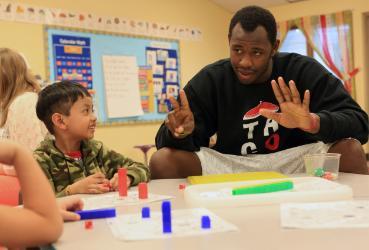Similar to many other skills, social work is best learned through real world or on the job experience. Which is one reason why a practicum is an essential piece to your graduate social work education. So, what exactly is practicum and what will the schedule look like while you’re in school?
A practicum is very similar to an internship in which you are given the opportunity to learn by doing. Students are also able to use the skills they have learned in the classroom while at their practicum to better understand how/when to apply them. For example, as a student you will learn many intervention techniques very early on, these will probably come in handy when working with clients at your practicum. Yes, I did just say clients! As a practicum student you will be assigned to an agency, likely a nonprofit, where you will have a small caseload. This can vary based on your assigned agency, but from my experience as a first-year student I have had a caseload of 3-5 clients.
In your first year of school, you are required to work 16 hours per week at your practicum site. These hours are usually completed over the course of two days in 8-hour increments. For example, you will have classes on Monday/Thursday and work at your practicum site on Tuesday/Wednesday. Then in your second year you will be required to complete 24 hours a week at your practicum, the equivalent of three 8-hour workdays. The second year of school is also considered your specialized practice year, which means you’re able to be placed in a practicum that is specific to a certain area of social work. For my cohort this has meant that we have a bit more say in where we get placed for our specialized practicum year.
To give you an example of what your practicum could look like let’s talk more about my experience. I am placed at the Downtown Emergency Service Center (DESC) in the Support, Advocacy, Growth, and Employment (SAGE) program as a Mental Health Case Manager. This is an outpatient mental health program that works to support people experiencing homelessness. I work with my Practicum Instructor (PI), who is a Therapist/Case Manager, doing many of the same duties she does. She guides me when I have questions and I am able to shadow her often. After solely shadowing her for a month or so in the beginning of the school year, she gave me a small number of clients from her caseload. I now work pretty independently with these clients with the added bonus of my PI’s support.
Everyone’s practicum experience can look a little bit different, but everyone is expected to complete the required number of hours in order to graduate. Thus, it may be important to factor in the hours that will be spent at your practicum site each week to understand what your capacity might look like in graduate school. Click here for more information on MSW practicums at Seattle University.

